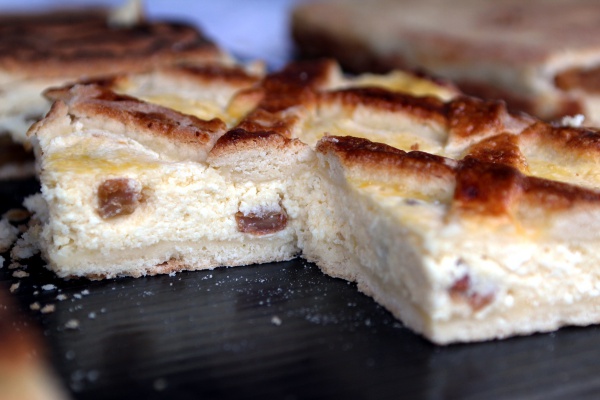Facts About Plăcintă
Plăcintă: A Delectable Pastry from Romania, Moldova, and Ukraine
Plăcintă is a cherished traditional pastry originating from Romania, Moldova, and Ukraine. Resembling a thin, small, round or square-shaped cake, it is typically filled with delicious ingredients such as apples or soft cheese like Urdă.
The term "plăcintă" derives from the Latin word "placenta" meaning cake, which in turn is rooted in the Greek word "plakount" referring to a flat cake. The origins of this pastry trace back to Ancient Rome, a period during which Romania was part of the Roman Empire. Greek bakers imparted their cake-making expertise to the Romans, leading to the creation of cakes such as "libum" and "placenta." The Roman "placenta" was crafted from fine flour, cheese, honey, and bay leaves, and was cut into squares for sale. This tradition has endured in the form of the Romanian "plăcintă."
There are numerous traditional varieties of plăcintă, each featuring its own distinctive filling. You can find plăcintă filled with apples, sheep or cow cheese (telemea), potatoes, ricotta and dill, raisins, or even chocolate. Additionally, there is a crêpe-like version known as "clătită." These pastries are celebrated throughout Eastern and Central Europe, with each country contributing its unique twist to the filling and preparation methods.

 Moldova
Moldova